45 make a sketch of a chromosome and label the telomeres.
germanydating.expatica.comExpat Dating in Germany - chatting and dating - Front page DE Expatica is the international community’s online home away from home. A must-read for English-speaking expatriates and internationals across Europe, Expatica provides a tailored local news service and essential information on living, working, and moving to your country of choice. DNA explained: Structure, function, and impact on health Telomeres Telomeres are regions of repeated nucleotides at the end of chromosomes. They protect the ends of the chromosome from being damaged or fusing with other chromosomes. Scientists liken them...
Genes - Characteristics, Structure and Functions of Gene - BYJUS Genes. Genes are functional units of heredity as they are made of DNA. The chromosome is made of DNA containing many genes. Every gene comprises of the particular set of instructions for a particular function or protein-coding. Speaking in usual terms, genes are responsible for heredity. There are about 30000 genes in each cell of the human body.

Make a sketch of a chromosome and label the telomeres.
Maharashtra Board Class 12 Biology Important Questions Chapter 3 ... Sketch and label structure of X and Y chromosomes. Answer: Question 7. Give the graphical representation of pleiotropy to show inheritance of Sickle-cell anaemia. Answer: Long Answer Questions. Question 1. There are 16 possible individuals in F 2 generation. Try to find out the phenotypes as well as the genotypic and phenotypic ratios. Answer: Nucleosome: Definition & Structure - Video & Lesson Transcript - Study.com A nucleosome is a structure in your chromosomes, or bundled DNA. Each nucleosome has a core particle, DNA, and a linker protein. The proteins in the core particle and linker proteins are called... Biochemistry PDF | PDF | Cell (Biology) | Biochemistry - Scribd Nucleic acids Nucleic acids are the molecules that make up DNA, an extremely important substance that all cellular organisms use to store their genetic information. The most common nucleic acids are deoxyribonucleic acid and ribonucleic acid. Their monomers are called nucleotides. The most common nucleotides are adenine, cytosine, guanine, thymine, and …
Make a sketch of a chromosome and label the telomeres.. MIT - Massachusetts Institute of Technology a aa aaa aaaa aaacn aaah aaai aaas aab aabb aac aacc aace aachen aacom aacs aacsb aad aadvantage aae aaf aafp aag aah aai aaj aal aalborg aalib aaliyah aall aalto aam ... Use of corpora in translation studies 1137 Projects 1137 incoming 1137 knowledgeable 1137 meanings 1137 σ 1136 demonstrations 1136 escaped 1136 notification 1136 FAIR 1136 Hmm 1136 CrossRef 1135 arrange 1135 LP 1135 forty 1135 suburban 1135 GW 1135 herein 1135 intriguing 1134 Move 1134 Reynolds 1134 positioned 1134 didnt 1134 int 1133 Chamber 1133 termination 1133 overlapping 1132 newborn … dokumen.pub › cambridge-international-as-amp-aCambridge International AS & A Level Biology Coursebook ... sections of Practical Activity 7.1 before answering the question below, which is relevant to this chapter. Figures 1.8a and b show examples of good drawing and labelling technique based on Figures 1.6 and 1.7. Note that it is acceptable to draw only a representative portion of the cell contents of Figure 1.7, but add a label explaining this.-R Therapeutic effects of telomerase in mice with pulmonary fibrosis ... Mammalian telomeres are protective structures at ends of chromosomes that consist of TTAGGG repeats bound by a six-protein complex known as shelterin ( Blackburn, 2001 ; de Lange, 2005 ). A
Stanford University UNK the , . of and in " a to was is ) ( for as on by he with 's that at from his it an were are which this also be has or : had first one their its new after but who not they have US Patent Application for PHYSICAL CHARACTERIZATION OF TELOMERE (PCT ... Telomeres are regions of repetitive nucleotide sequences at each end of a vertebrate nonlinear chromosome. In humans and other vertebrates, the telomeres typically comprise the repetitive non-coding hexanucleotide (TTAGGG)n 1. downloads.cs.stanford.edu › nlp › dataStanford University UNK the , . of and in " a to was is ) ( for as on by he with 's that at from his it an were are which this also be has or : had first one their its new after but who not they have › de › jobsFind Jobs in Germany: Job Search - Expat Guide to Germany ... Browse our listings to find jobs in Germany for expats, including jobs for English speakers or those in your native language.
(Get Answer) - Why are telomeres problematic for eukaryotic chromosome ... a) They are highly repetitive and thus hard to replicate correctly. b) Telomerase is more error-prone than the normal DNA Polymerase. c) The Tloop blocks formation of primers on the lagging strand d) Removal of the lagging strand primer leaves a rap in the one of the strand's DNA sequences (PDF) From telomere to telomere: The transcriptional and epigenetic ... From telomere to telomere: The transcriptional and epigenetic state of human repeat elements. April 2022; ... by chromosome labels. indicate phylogenetic. clusters (e.g., chromosomes. Phosphorylation of luminal region of the SUN-domain protein Mps3 ... This telomere-led movement promotes the pairing of homologous loci on chromosomes. Although less coordinated, chromosome motion throughout prophase I has been reported in budding yeast, nematodes, maize, and mouse (Lee et al., 2015; Penkner et al., 2009; Sheehan and Pawlowski, 2009; Shibuya et al., 2014). biology chapter 5 notes - Flashcards | StudyHippo.com 5.3. Unlock the answer. question. physical signals -cell-cell contact , in a eukaryotic cell that is behaving correctly when it touches another cell it stops dividing -cells need a surface to grow on (control) chemical signals - growth factors (growth hormone) - shuts off in girl 13-14, guys early 20s.
Chromatid - Genome.gov The two "sister" chromatids are joined at a constricted region of the chromosome called the centromere. During cell division, spindle fibers attach to the centromere and pull each of the sister chromatids to opposite sides of the cell. Soon after, the cell divides in two, resulting in daughter cells with identical DNA. Narration 00:00 … Chromatid.
Histology: Stains and section interpretation | Kenhub A huge range of stains is used in histology, from dyes and metals to labeled antibodies. Certain stains change the coloration of cells and tissues significantly, different from the color of the original dye complex, a phenomenon known as metachromasia. For staining, paraffin sections of tissue are normally used.
The Stanford Natural Language Processing Group ' '' ''' - -- --- ---- ----- ----- ----- ----- ----- ----- ----- ----- ----- ----- ----- ----- ----- ----- ----- ----- ----- ----- ----- ----- ----- ----- ----- ----- ----- ----- ----- ----- ----- ----- ----- ----- ----- ----- ----- ----- ----- ----- ----- ----- ----- ----- ----- ----- ----- ----- ----- ----- ----- ----- ----- ----- ----- ----- ----- ----- -----
Dna Replication Drawing Worksheet Answer Key - Google Groups Student responses may vary but could include the model cannot direct the instructions to the cell and cannot make proteins. Download Answer Key Lab Microscopes and Cellsdocx 226 MB. Sketch the results of one round of DNA synthesis after the dispersive method of replication.
Cancer Cells vs. Normal Cells: How Are They Different? - Verywell Health Normal cells are mortal, that is, they have a lifespan. Cells aren't designed to live forever, and just like the humans they are present in, cells grow old. Researchers are beginning to look at something called telomeres, structures that hold DNA together at the end of the chromosomes, for their role in cancer.
What Is DNA? Summary, Structure, and Importance - Healthline Another part of DNA that may be involved in aging is telomeres. Telomeres are stretches of repetitive DNA sequences at the ends of your chromosomes. They help protect DNA from damage, but they also...
How To Draw A Double Stranded Dna Molecule - buddy-conaway The number of chromosome count the number of functional centromere. The sample is annealed by heating at 95 C for 3 min and cooling on ice for 5 min. DNA molecule is coiled and twisted and has enormous size. Use colored pencils to draw the resulting eight double-stranded DNA molecules.
Cell and Developmental Flashcards | Quizlet Answer 1:DNA. Answer 2:chromosomes. The chromosomes we typically see in images are isolated from [Select ] cells. These chromosomes are in the most highly condensed form. But most of the time, cells are in the [ Select ] part of the cell cycle. During this phase, the chromosomes are [ Select ] , and less densely packed.
DNA - Wikipedia DNA is a long polymer made from repeating units called nucleotides, each of which is usually symbolized by a single letter: either A, T, C, or G. The structure of DNA is dynamic along its length, being capable of coiling into tight loops and other shapes. In all species it is composed of two helical chains, bound to each other by hydrogen bonds. ...
what is a thymine dimer quizlet - gridserver.com Make a sketch of a chromosome and label the telomeres. Question 17 (1.5 points) In which order do the necessary enzymes act to repair a thymine dimer by nucleotide excision repair? Discuss how mutations can increase variation within a population.
Parts of a Chromosome Roles & Diagram - Study.com A chromosome is a thick ribbon-like structure containing the genetic material i.e., DNA made up of genes. This information is necessary for maintaining and making more copies of a cell. Chromosomes...
News articles and features | New Scientist Breaking science and technology news from around the world. Exclusive stories and expert analysis on space, technology, health, physics, life and Earth
Chromosome - Genome.gov Definition 00:00 … Chromosomes are threadlike structures made of protein and a single molecule of DNA that serve to carry the genomic information from cell to cell. In plants and animals (including humans), chromosomes reside in the nucleus of cells.
Gene - Wikipedia The Mendelian gene is a basic unit of heredity and the molecular gene is a sequence of nucleotides in DNA that is transcribed to produce a functional RNA. There are two types of molecular genes: protein-coding genes and noncoding genes. [3] [4] [5] [6] During gene expression, the DNA is first copied into RNA.
Cambridge International AS and A Level Biology ... - Academia.edu BIO1: Maintaining a Balance 1. Most organisms are active in a limited temperature range IDENTIFY THE ROLE OF ENZYMES IN METABOLISM, DESCRIBE THEIR CHEMICAL COMPOSITION AND USE A SIMPLE MODEL TO DESCRIBE …
Gametogenesis: Definition and process | Kenhub Further condensation of the chromosomes is also observed. Additionally, the telomeres of each chromosome become attached to the nuclear envelope. The homologous pairs of chromosomes become intimately attached to each other near the telomere region. The point of attachment is referred to as a synapsis; and the overall process marks the zygotene ...
› doc › 123745376Biochemistry PDF | PDF | Cell (Biology) | Biochemistry - Scribd They can then be joined together to make new proteins. Intermediate products of glycolysis, the citric acid cycle, and the pentose phosphate pathway can be used to make all twenty amino acids, and most bacteria and plants possess all the necessary enzymes to synthesize them. Humans and other mammals, however, can synthesize only half of them.
Biology Archive | February 04, 2022 | Chegg.com Biology Archive: Questions from February 04, 2022. For each of the motor pathways below, draw a map or illustration of the pathway that indicates each of the neurons and the CNS structures involved. Indicate the unique function of each pathway. Later. 1 answer.
9700_w21_qp_21 - AlevelDocs Fig. 4.1 [2] (ii) The chromosomes are composed of DNA. Describe the structure of a monomer of a DNA molecule. [2] 2021 9700/21/O/N/21 (b) Telomeres are located at the ends of each chromosome. 13 Telomeres progressively shorten each time a healthy human cell divides, until the cell is no longer able to divide.
Maharashtra Board Class 12 Biology Important Questions Chapter 4 ... Draw a labelled diagram showing semi-conservative replication of DNA. Answer: Question 11. Sketch and label, Meselson and Stahls experiment. Answer: Question 12. Identify A, B and C in the following diagram. Answer: A : Transcription B : Translation and C : Reverse Transcription. Question 13. a. Draw a labelled diagram of transcription unit. b.
› 44090147 › Cambridge(PDF) Cambridge International AS and A Level Biology ... Enter the email address you signed up with and we'll email you a reset link.
Interphase- Definition, Stages, Cell cycle, Diagram, Video During doubling, the number of chromosomes remains constant, a process is known as semiconservative replication. Additionally, new packaged proteins known as histones, wrap around the DNA copies to make it stable. During the S phase, more phospholipids are produced which make up the cell membrane and the membranes of the cell organelles. Gap 2 (G2)
› section › newsNews articles and features | New Scientist Breaking science and technology news from around the world. Exclusive stories and expert analysis on space, technology, health, physics, life and Earth
An Introduction to DNA Transcription - ThoughtCo Eukaryotic cells also use reverse transcription to extend the end sections of chromosomes known as telomeres. The enzyme telomerase reverse transcriptase is responsible for this process. The extension of telomeres produces cells that are resistant to apoptosis, or programmed cell death, and become cancerous.
Expat Dating in Germany - chatting and dating - Front page DE Expatica is the international community’s online home away from home. A must-read for English-speaking expatriates and internationals across Europe, Expatica provides a tailored local news service and essential information on living, working, and moving to your country of choice. With in-depth features, Expatica brings the international community closer together.
1. Why are telomeres problematic for eukaryotic chromosome replication ... Put the following steps of DNA replication in chronological order. 1. Single-stranded binding proteins attach to DNA strands. 2. Hydrogen bonds between base pairs of antiparallel strands are broken. 3. Primase binds to the site of origin 4. DNA... Posted 4 months ago Recent Questions in Operating System Q:
Substancial | PDF | United Kingdom | Spain - Scribd substancial - Free ebook download as Text File (.txt), PDF File (.pdf) or read book online for free. contains some random words for machine learning natural language processing
Biochemistry PDF | PDF | Cell (Biology) | Biochemistry - Scribd Nucleic acids Nucleic acids are the molecules that make up DNA, an extremely important substance that all cellular organisms use to store their genetic information. The most common nucleic acids are deoxyribonucleic acid and ribonucleic acid. Their monomers are called nucleotides. The most common nucleotides are adenine, cytosine, guanine, thymine, and …
Nucleosome: Definition & Structure - Video & Lesson Transcript - Study.com A nucleosome is a structure in your chromosomes, or bundled DNA. Each nucleosome has a core particle, DNA, and a linker protein. The proteins in the core particle and linker proteins are called...
Maharashtra Board Class 12 Biology Important Questions Chapter 3 ... Sketch and label structure of X and Y chromosomes. Answer: Question 7. Give the graphical representation of pleiotropy to show inheritance of Sickle-cell anaemia. Answer: Long Answer Questions. Question 1. There are 16 possible individuals in F 2 generation. Try to find out the phenotypes as well as the genotypic and phenotypic ratios. Answer:

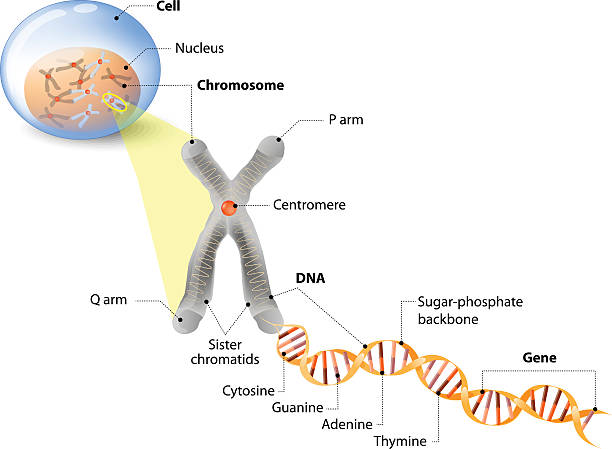


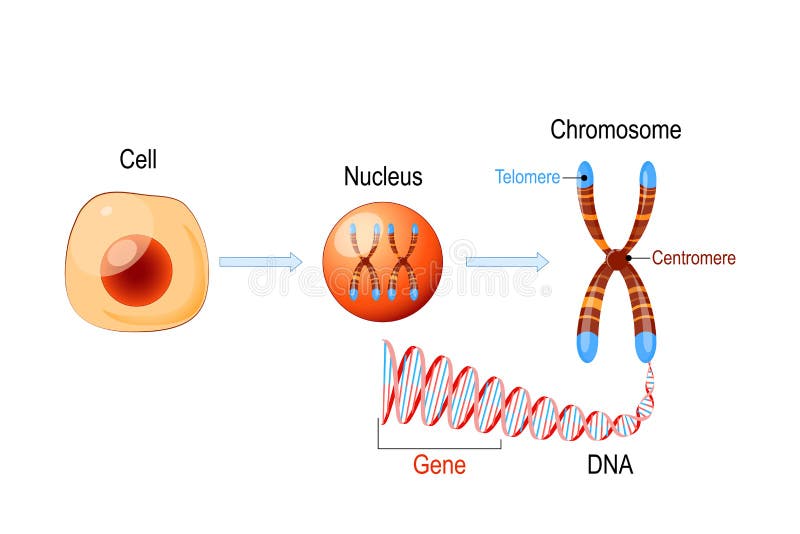
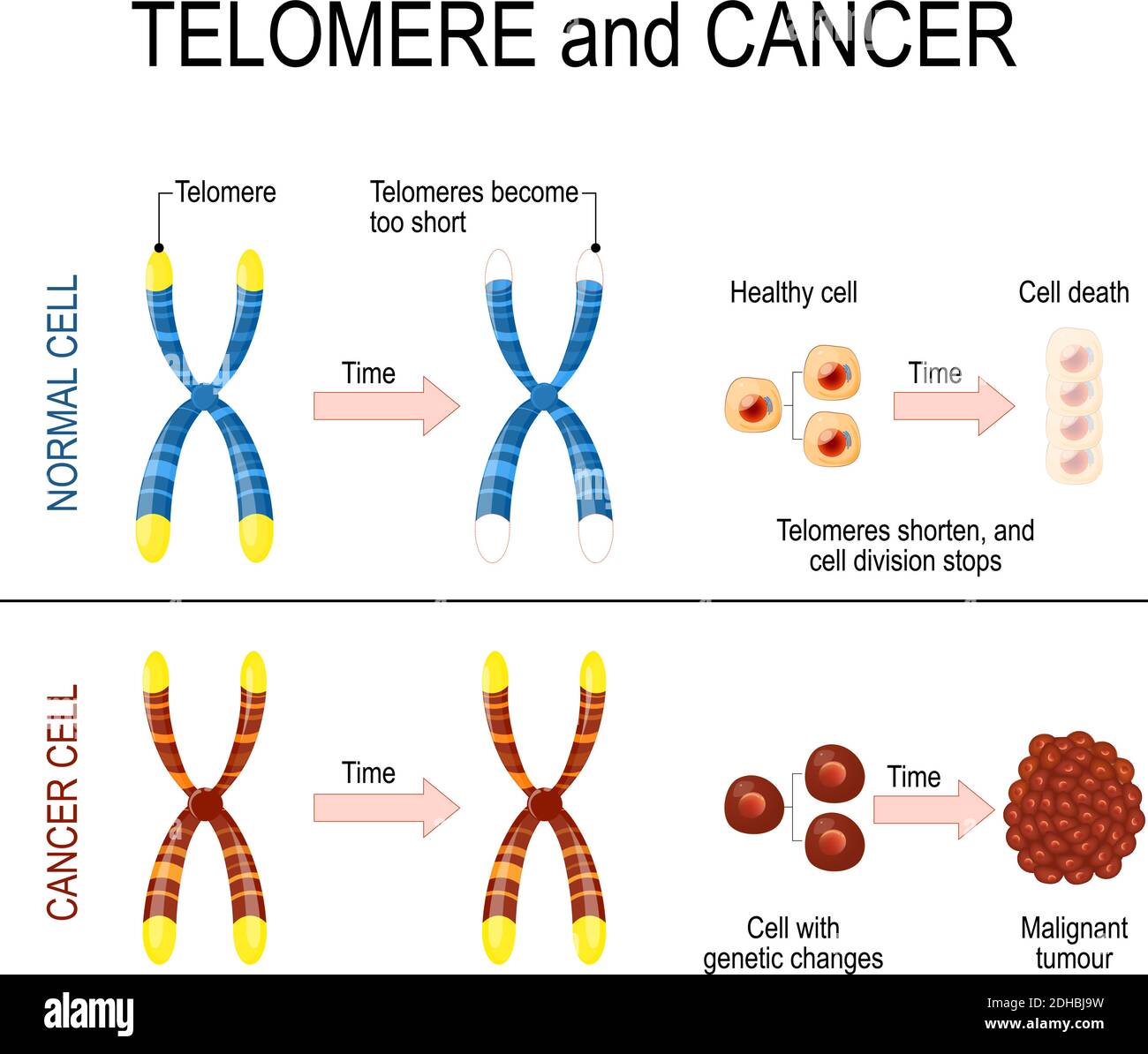
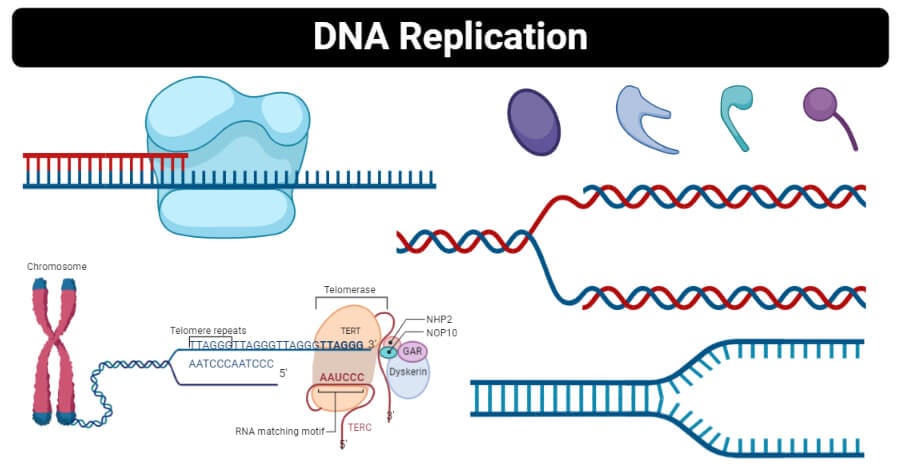
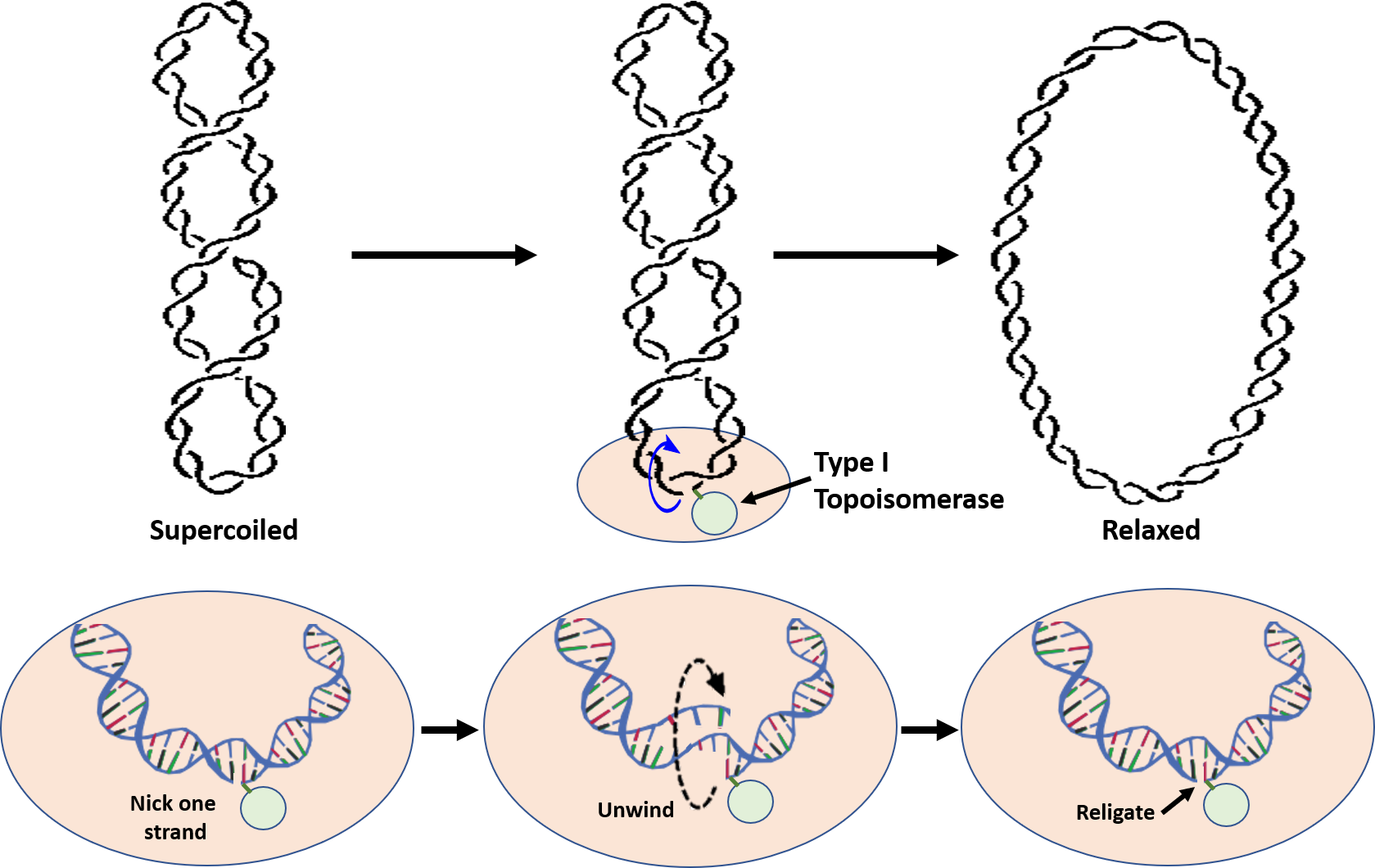
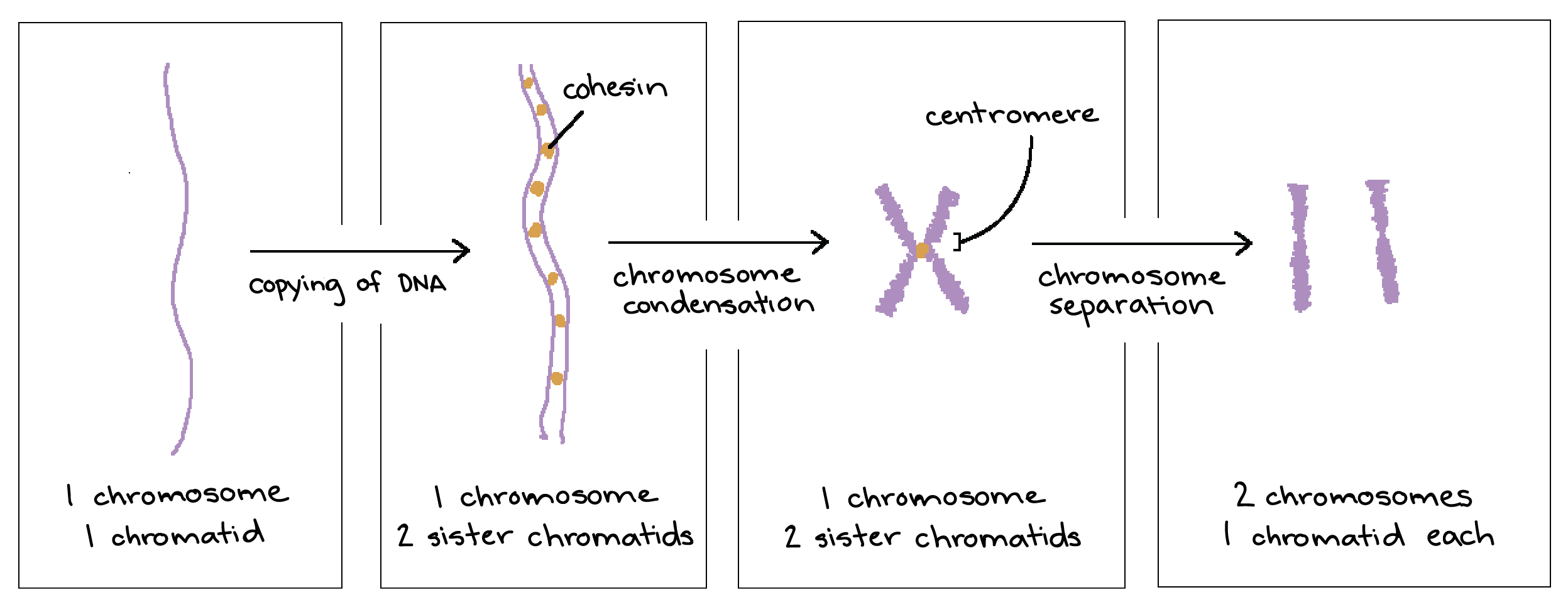



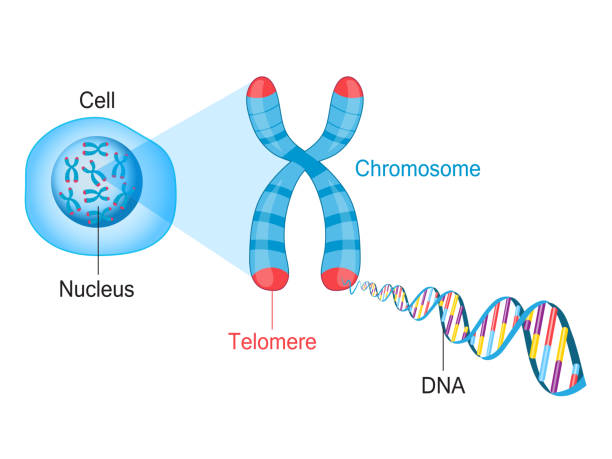
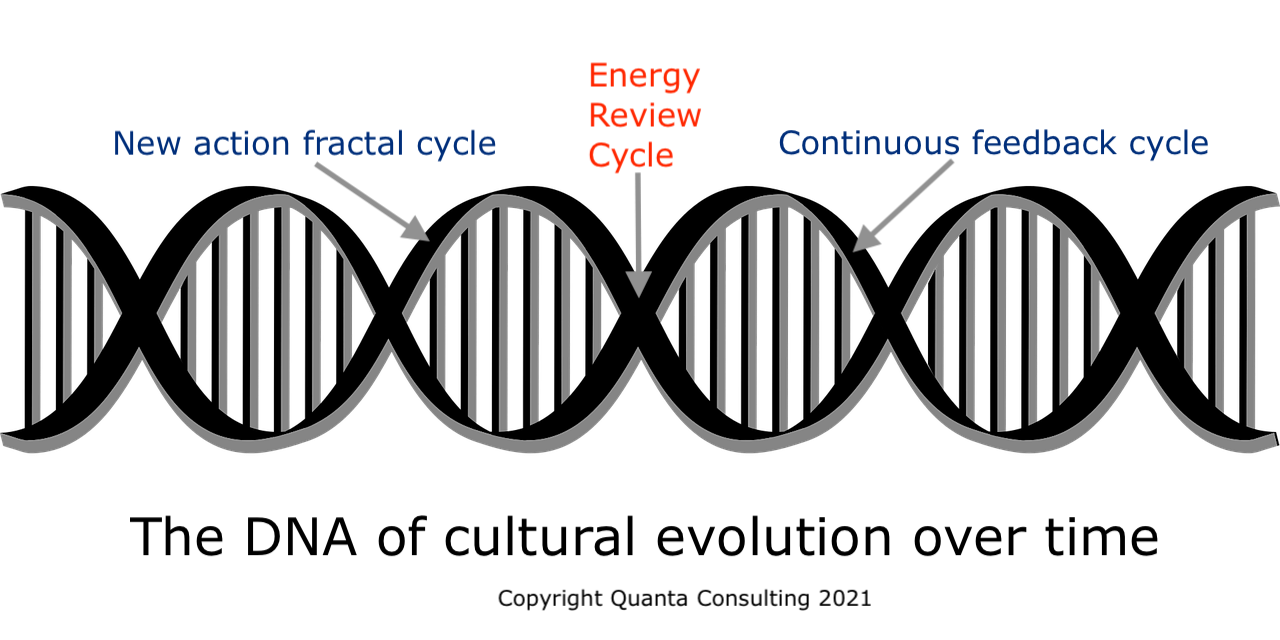




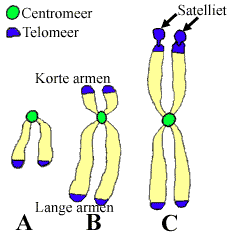
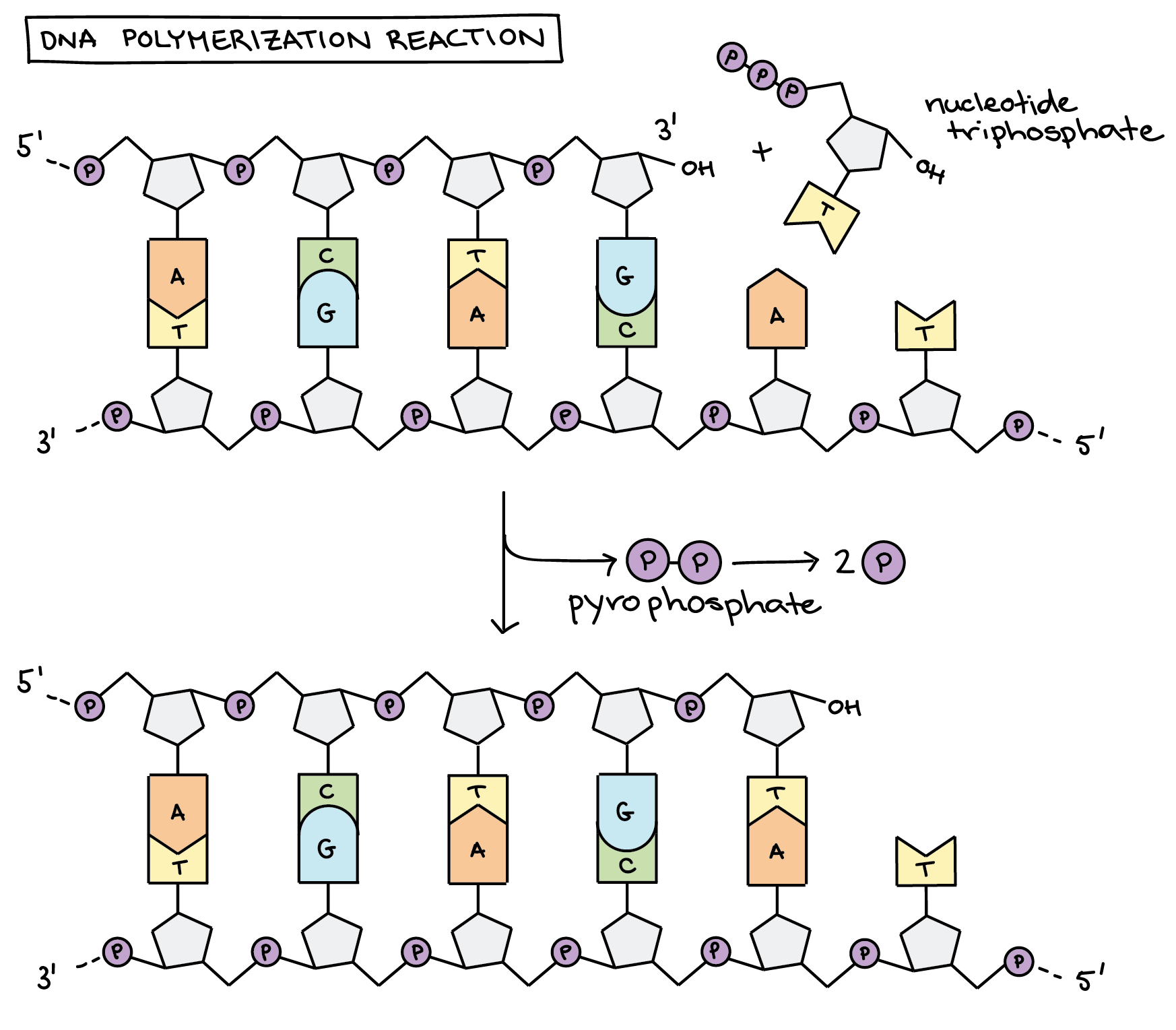
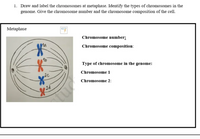
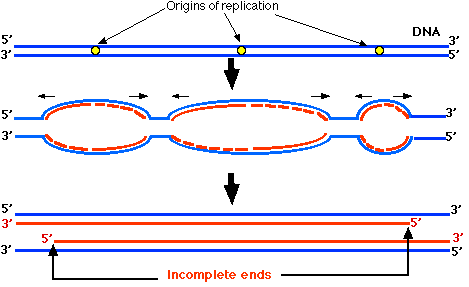

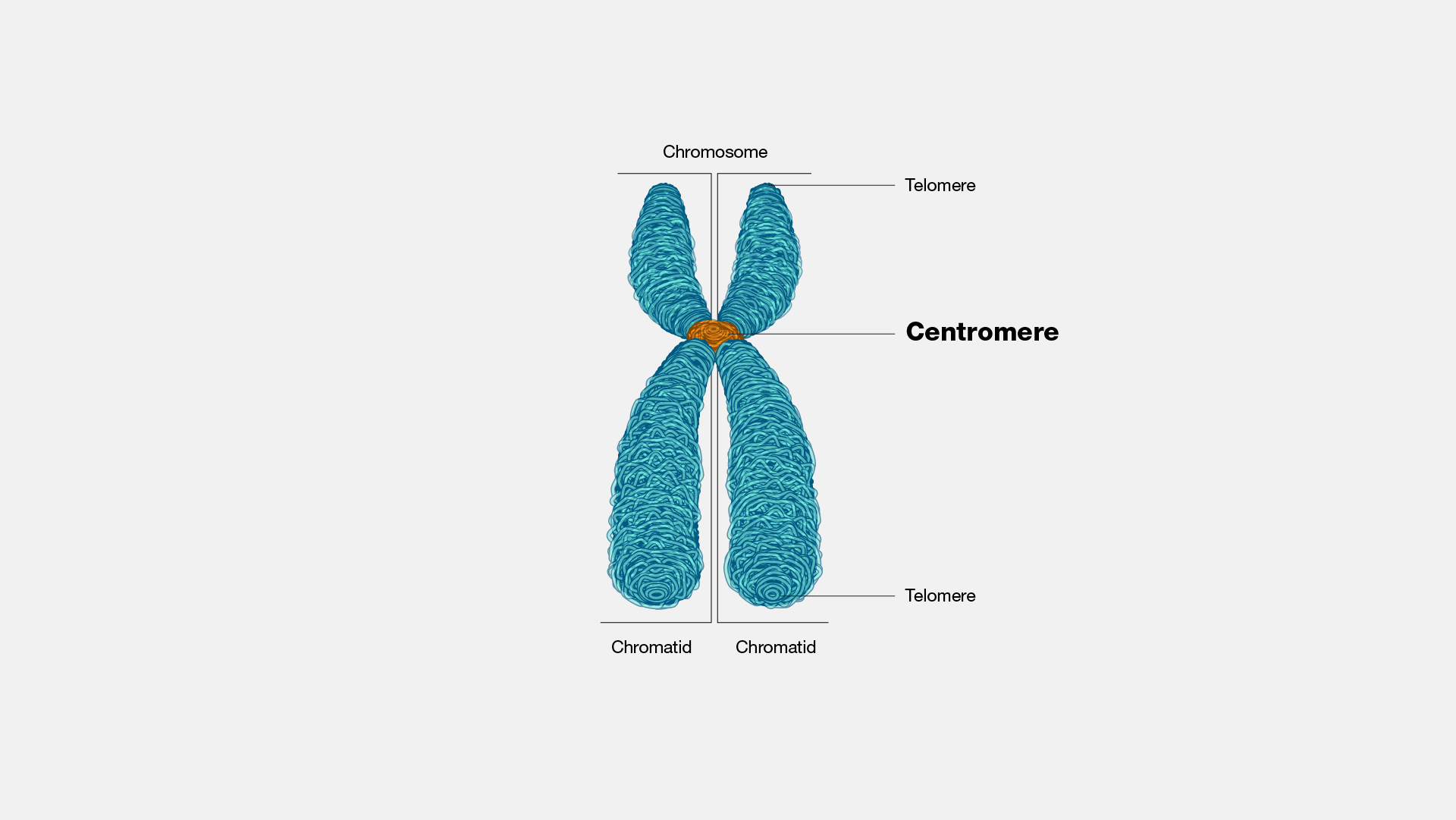
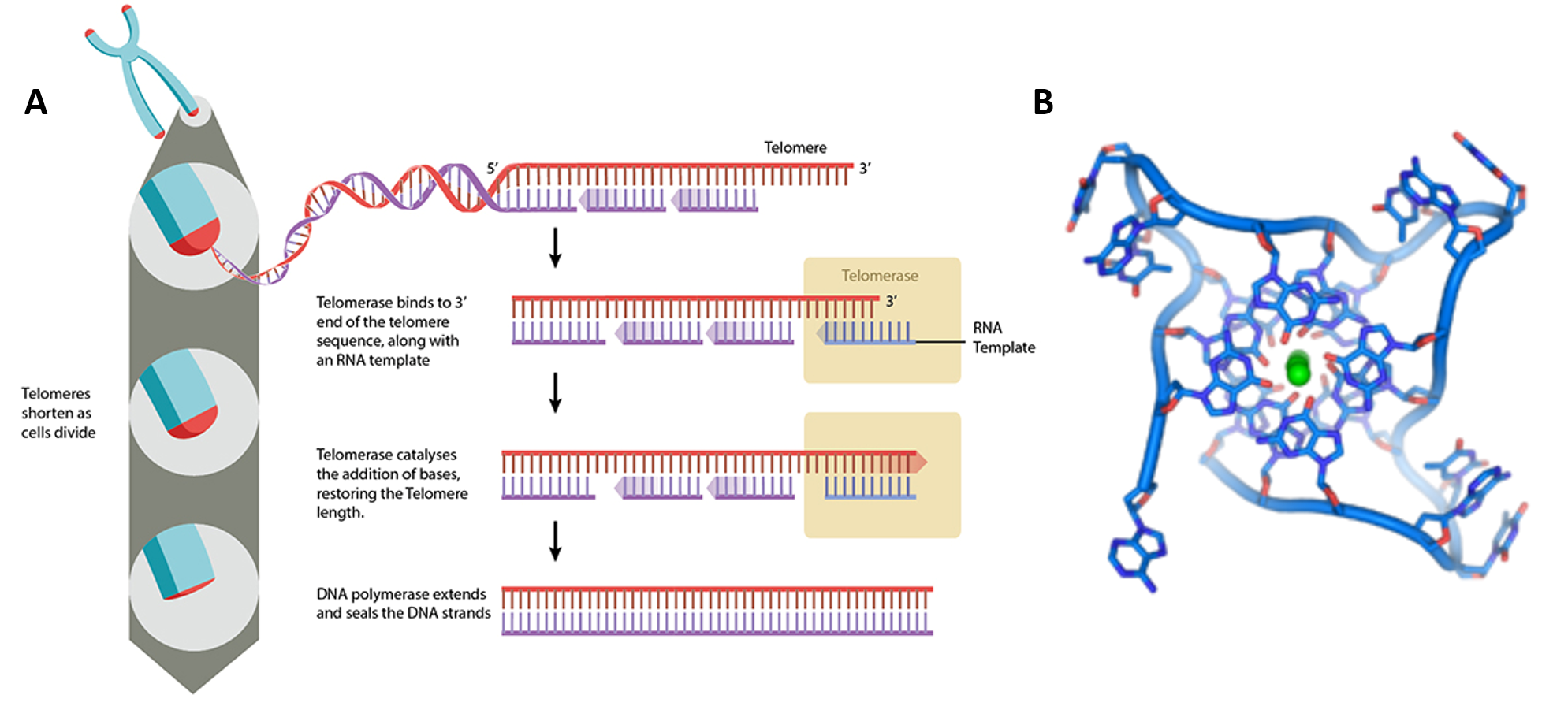
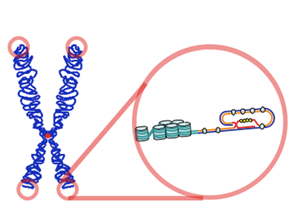







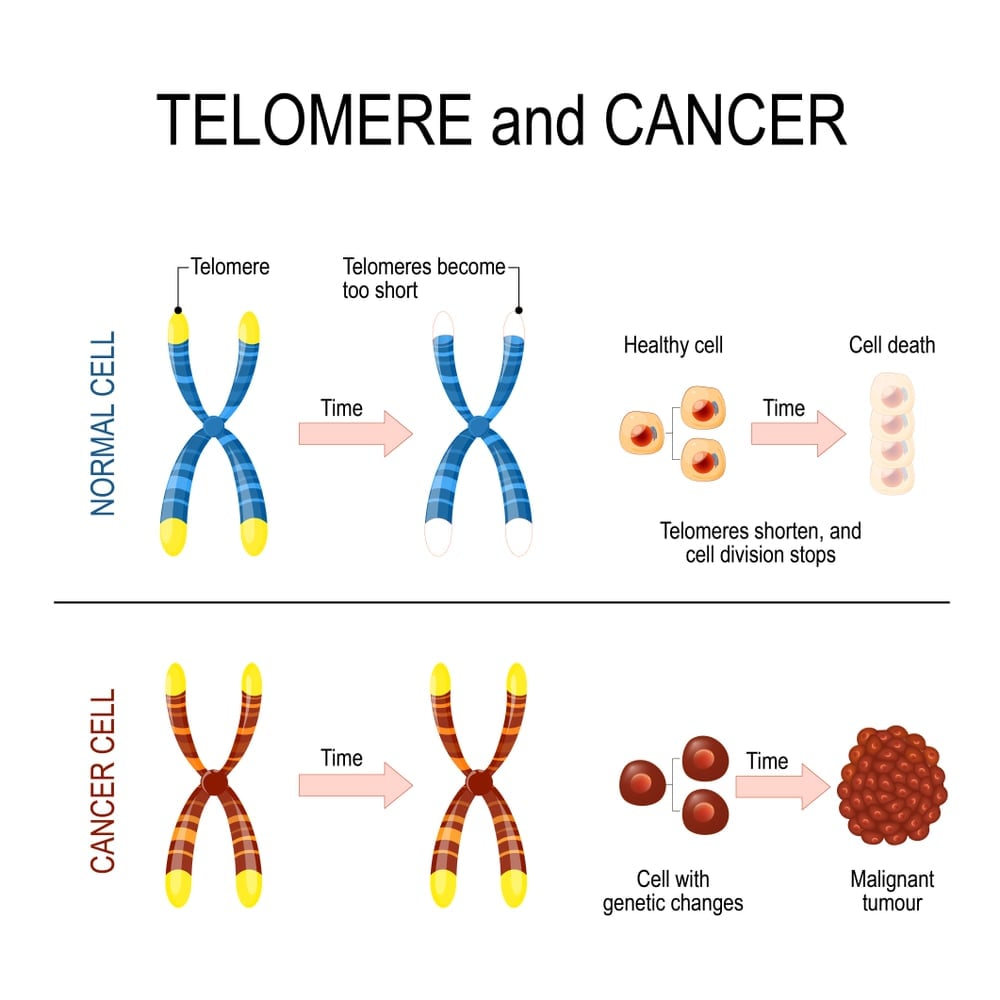
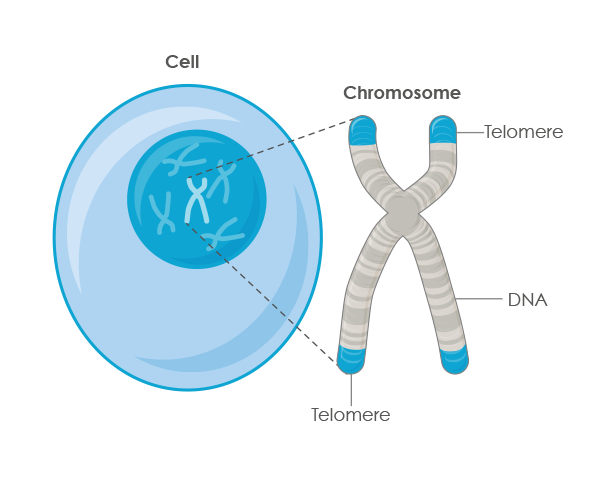





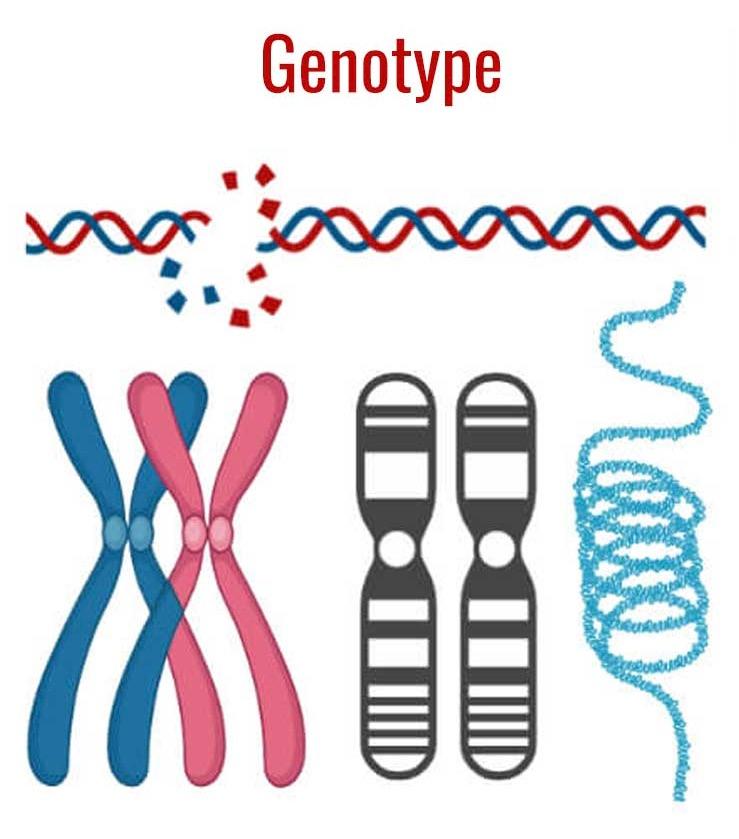
Post a Comment for "45 make a sketch of a chromosome and label the telomeres."